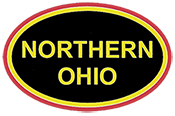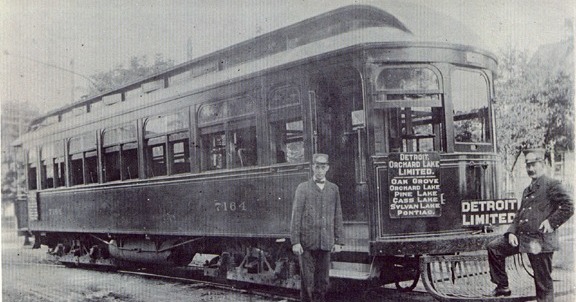In previous posts we have discussed the interurban railways and how extensive a network they formed in some parts of the country. In practical terms, just how wide was that network? From Northern Ohio, where could the cars take you?
Northern Ohio had a network such that you could reach any of the area’s cities from any other of the cities, as well as places in surrounding areas such as Columbus, Cincinnati, Pittsburgh, Buffalo and Detroit, in some cases by more than a single route. But, for several years, it was possible, by transferring from one line to another, to reach places much further afield. A few such places reachable from northern Ohio by trolley were: Dennison, Zanesville, Lancaster, Russellville, & Lancaster OH, Moundsville WV, Warren & Connellsville PA, Oswego & Oneonta NY, Louisville KY, Terre Haute, Lafayette and South Bend IN, Port Huron, Bay City, Lansing & Muskegon, MI, Chicago, Freeport & Princeton IL and Sheboygan, Watertown & Janesville WI.
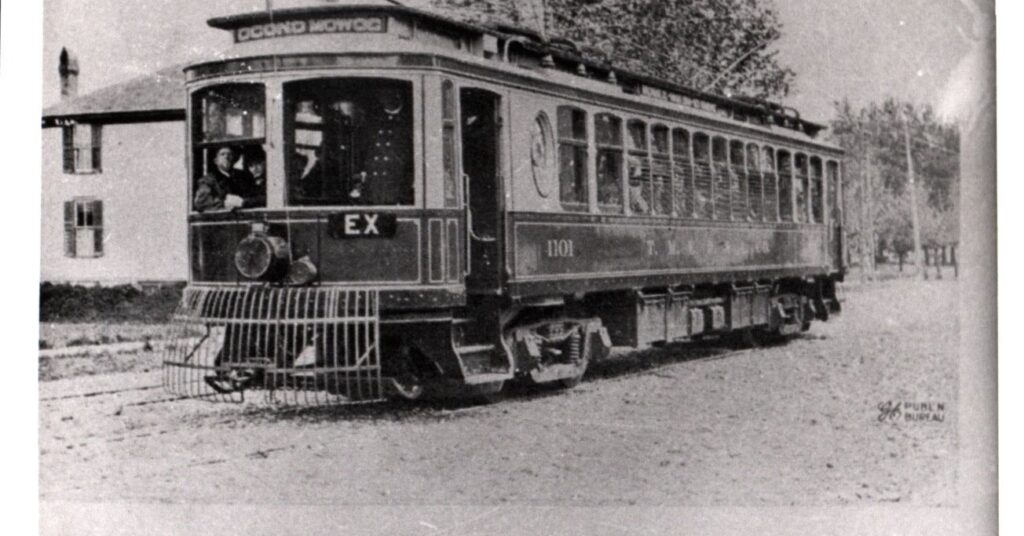
Furthermore, except for two small gaps in upstate, New York, there were connections to the entire northern Atlantic coast, from Waterville ME to Wilmington DE and, except for another short gap near the Indiana – Illinois border, a connection to a network in southern Illinois and St Louis, MO.
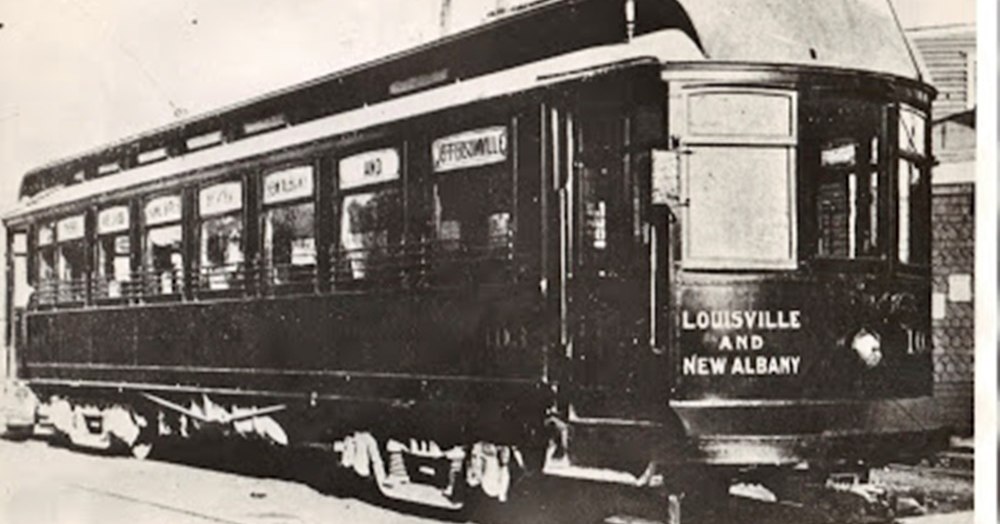
Such journeys would have been very time consuming, attractive only to extreme trolley fanatics or people with special facilities and connections. Once, the owners of a street railway in Utica NY took their own private car to attend the Kentucky Derby in Louisville! Practically speaking, however, interurbans were for shorter trips, with the steam roads appropriate for longer journeys. But the possibility of such trips indicates the size and density of the network.
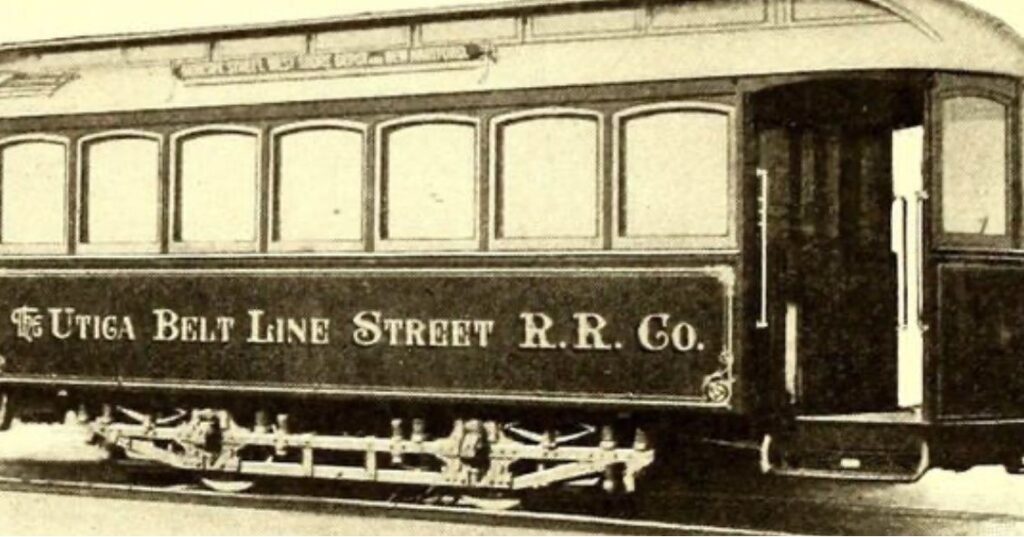
Pictures of some places you could have reached by trolley from Northern Ohio: Utica, NY, Mohawk Valley History; Louisville, KY, Historic Photos Of Louisville Kentucky And Environs; Milwaukee, Encyclopedia of Milwaukee; Pontiac, MI, Greater West Bloomfield Historical Society.
